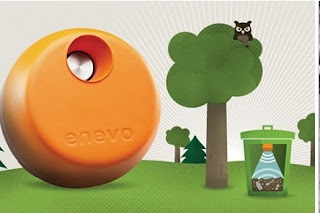Hearables are more than your old Bluetooth earbuds, used for calls or music.
The current generation of Hearables have built-in basic sensors that enable fitness and activity tracking features. The new generation is going one step forward and will include more advanced sensors to monitor temperature, pulse and heart rate and hence evolving into digital health devices.
Hearables have one other significant advantage over the wrist wearables - the natural use of voice interactions. With personal assistants such as Cortana, Siri and Alexa now on the market, the era of speech-recognition technology is upon us. True, they still have a long way to go to match Samantha from "Her".. but the journey has started.
Couple of notable Hearables - in the market or still in the doing
Bragi Dash are the most well known Hearables, on the market. They have raised over $3 million on Kickstarter in 2014, and have become the reference point for just about every other company currently trying to enter the Hearables domain. The Dash it's a stand-alone media player with 4GB of storage; a fitness tracker, a heart-rate monitor and step counter, along with a general-purpose hands-free kit. Features like touch controls and audio transparency increase their appeal. Dash is selling for $299
"Here" earbuds from Doppler Labs have introduced augmented audio, a new branch of Augmented Reality that lets you remix how the world around you with sounds. Here earbuds are designed to improve your audio experience of the world - be it in the office, on the street, in the bus, subway or an aeroplane. You can choose to focus on conversations while in a noisy coffee place, to remove the noise of the air conditioner in the office or hear the street's noise and the cars approaching while walking downtown.
Nuheara has entered the competition this spring, with its IQbuds. The product combines ideas from Bragi's music and fitness-focused Dash with Here's "active listening" experience. Currently on Indiegogo where it has raised over $600.000.
Pilot, the real time translation hearable from Waverly Labs' - has fired up the internet just couple of weeks ago. The company says the earpiece "will be out by Spring 2017" following the launch of an Indiegogo campaign and mobile app in 2016 and will cost $299.













 The work is becoming more digitized and more global.
The work is becoming more digitized and more global. 